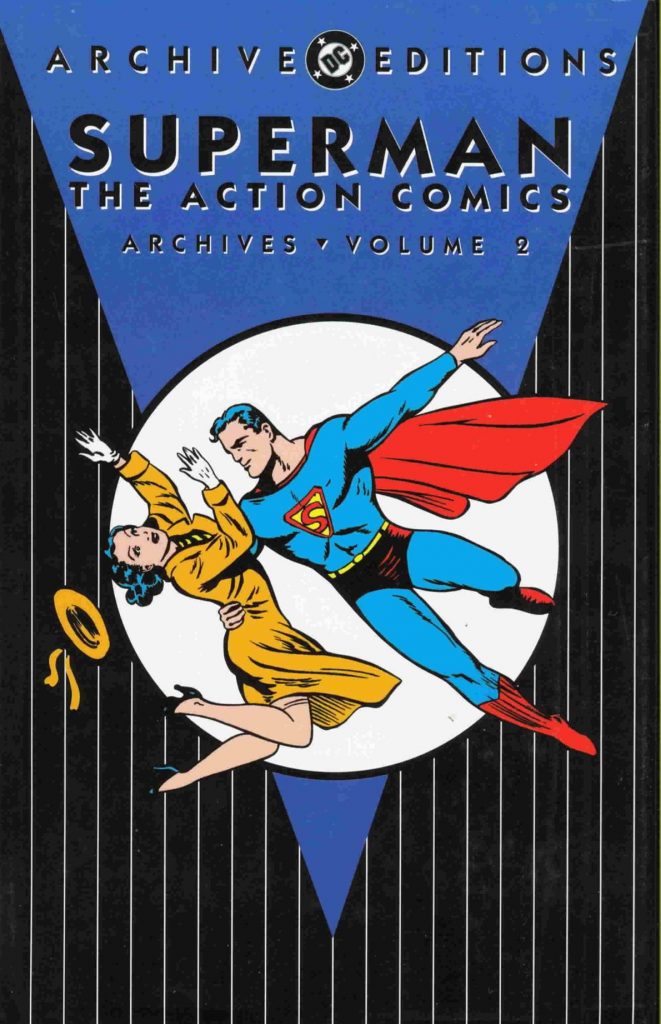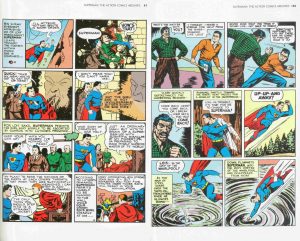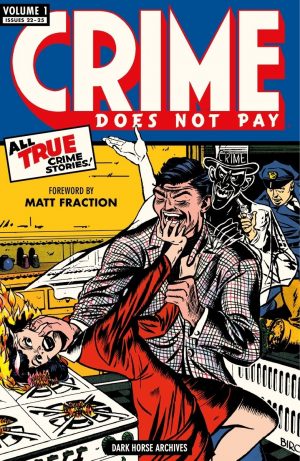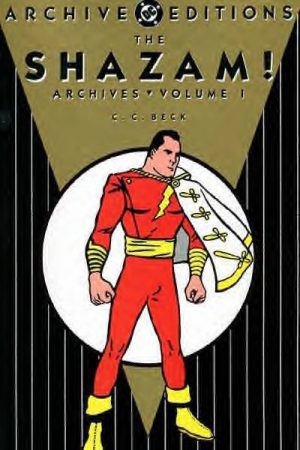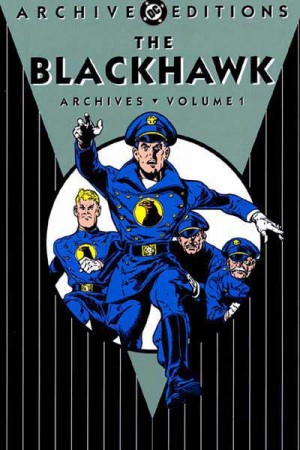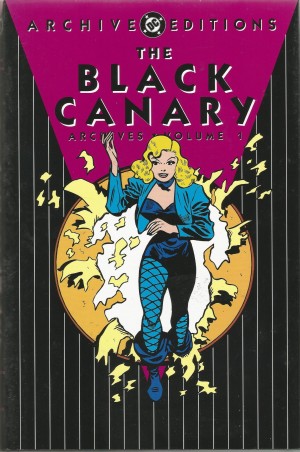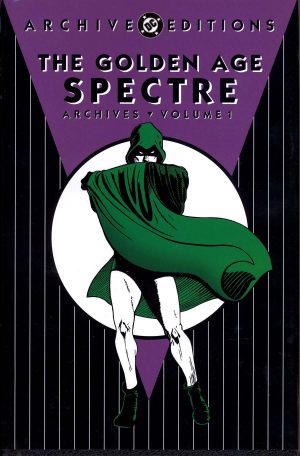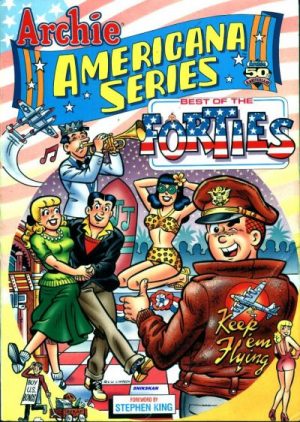Review by Frank Plowright
This second hardcover Archive edition begin’s with material from early 1940. There had been less than thirty published Superman stories, but he was already a sensation. As they worked on this content Jerry Siegel and Joe Shuster knew a Superman radio show was in production, and by the later stories they knew Superman cinema cartoons were on the way. There was also merchandising and Superman newspaper strip.
All the extra artwork needed meant Shuster couldn’t draw everything himself, so he set up a studio. At the time a newspaper strip was considered more prestigious, and indeed had been the creators’ original preference, so that became Shuster’s priority. He still laid out or pencilled around half of these strips while no longer handling the inking. It results in a considerable artistic improvement. Paul Cassidy first inks, tidying up Shuster’s rough edges, then pencils the stories more fluidly and with greater emotional depth, before Jack Burnley’s greater draftmanship produced even better looking pages (sample spread right). He also draws a taller, more elegant Superman differentiated from the barrel-chested version prevalent beforehand. The work of the other artists is apparent from something as simple as the stylised ‘S’ on Superman’s chest, something Shuster never draws convincingly. Later major Superman artist Wayne Boring also contributes.
Several leaps forward occur over these sixteen stories starting with telescopic vision, and greater use of x-ray vision used introduced in Vol. 1. Somewhat arbitrarily, the newspaper employing Clark Kent becomes the Daily Planet, and shortly afterwards we learn Clark and Superman operate from Metropolis. On the downside, Superman increasingly has to rescue Lois Lane from unsavoury types. However, although Siegel and Shuster didn’t realise it at the time, the introduction of Lex Luthor would have massive ramifications. He’s used sparingly at first, only once here, although rapidly again (as seen in Superman Archives 1), and isn’t the bald figure we’re used to now, but a scientist with a shock of red hair whose henchman more resembles his later incarnation. As per Shuster’s sample art, he’s hoping to profit from war and set himself up as ruler of the world, which is a step up from the generic gangsters Superman had been dealing with.
There’s a deliberate attempt to spice up the stories with more imaginative content, one tale about eccentric weather resembling a Flash Gordon strip, but from a present day perspective the wilder stories are now more ordinary, while the human dramas are more interesting. The best of them is the twisting crime mystery of a millionaire’s gambling son, but increasingly incredible scientific discoveries and their eccentric inventors come to the fore. In some cases the inventors are charlatans, and stories end with messages suggesting readers help fight infantile paralysis.
By the final stories Siegel has settled on a broad template. Clark and Lois are now a reporting team whose investigation introduces the story’s problem, with the villain more often than not revealed early. Lois is braver than Clark who’s now perfecting his timid personality to distance himself from Superman effectively, while Superman’s appearances in costume are limited to brief, but decisive involvements. Lois has a plucky personality, but the cover reflects the content as she’s also always the victim, which sits uncomfortably when this is repeatedly the case. It’s an effective formula, and certainly engaged at the time, and this is a leap up the quality scale.
The content is also available spread over Superman Chronicles Volumes Three, Four and Five, and the more recent Superman: The Golden Age 2 and 3. For the wealthy, there’s the oversized hardcover Superman: The Golden Age Omnibus.
